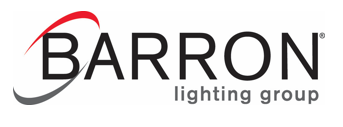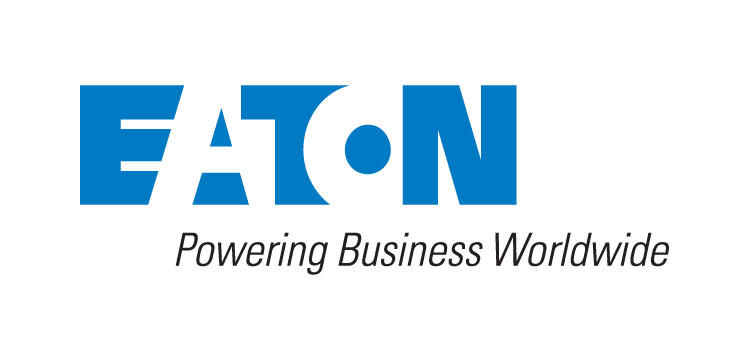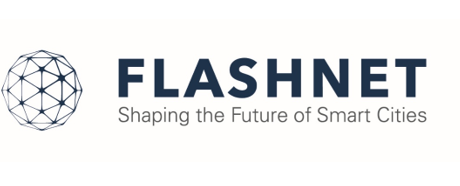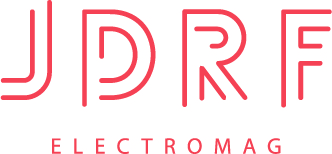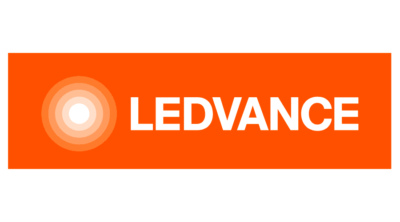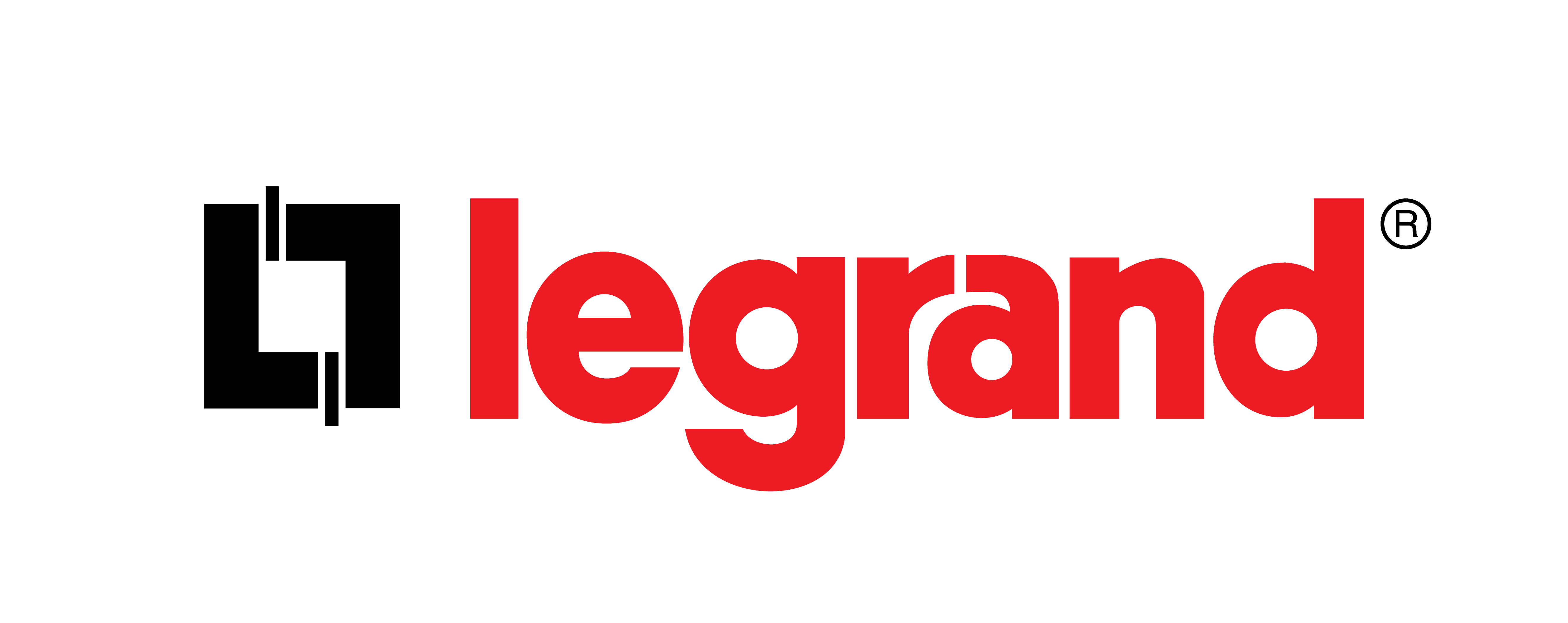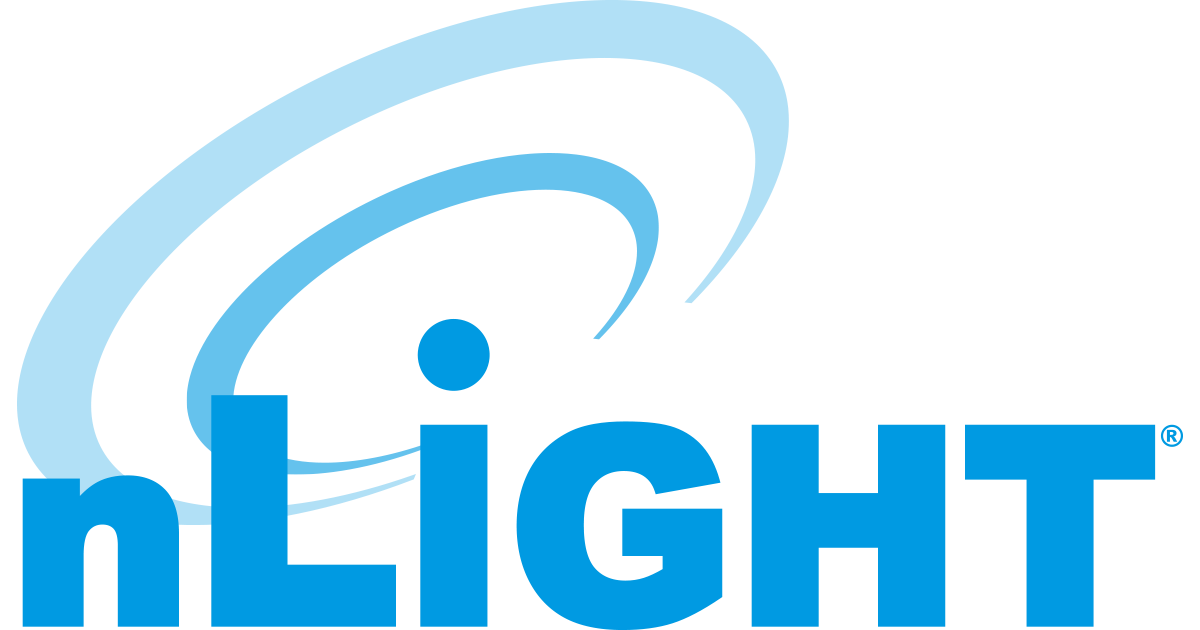Guest post by Scott Ziegenfus, Vice President of Technical Customer Experience (CX), Current
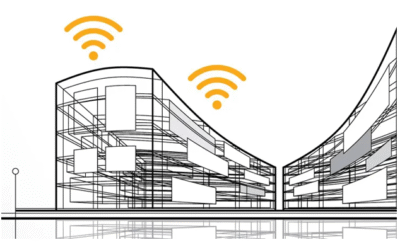 At its core, the idea was elegant: leverage the omnipresence of light to beam Wi-Fi across a space pulse by pulse. I used to give presentations about its breakthrough potential because lighting is everywhere, and if every fixture can become a router, then the possibilities are endless. And it’s grown without question, but not at the pace or the scale that people were once banking on. Today there remains no shortage of energy behind finding commercial traction, though it is taking longer than expected.
At its core, the idea was elegant: leverage the omnipresence of light to beam Wi-Fi across a space pulse by pulse. I used to give presentations about its breakthrough potential because lighting is everywhere, and if every fixture can become a router, then the possibilities are endless. And it’s grown without question, but not at the pace or the scale that people were once banking on. Today there remains no shortage of energy behind finding commercial traction, though it is taking longer than expected.
And Li-Fi wasn’t alone. Power over Ethernet (PoE) showed real potential too by offering a way to connect low-voltage lighting fixtures directly to a building’s data network. Drawing both power and data from the same Ethernet lines used for IT infrastructure meant cleaner installs, fewer materials and easier integration with lighting controls. It’s been part of the conversation since around 2010, and while it hasn’t supplanted traditional line-voltage systems at scale, it has found a steady foothold in select applications.
Market estimates for PoE lighting vary significantly, with some pegging it just above $250 million while others put it nearer to $1.6 billion, depending on category definitions and what sectors are included. Looking out ten years, the most optimistic projections see a $13–16 billion play, or it could stay relatively close to what it is today: growing, but still just a fraction of the total.
Put against a much larger industrial and commercial lighting market that tops $50 billion, or that sits conservatively around $25 billion depending on the scope, it’s fair to say PoE is still finding its place. It hasn’t rewritten the playbook, but it’s still adding chapters, especially in applications where its strengths are relevant.
Integration: The Trend That Stuck
What endured wasn’t the flashiest concept but rather, the answer to steadily reshaping how systems connect. The ability for lighting to interact with other building systems like HVAC, access control, fire alarms and security is where real progress is happening.
In the early days, lighting controls were all about energy savings. Occupancy sensors, daylight harvesting, dimming schedules and the ability to slash utility bills were the hook. Today that’s standard practice and no longer a differentiator, but the expectation.
What’s compelling now is how systems work together. Integration has matured. For instance, when someone swipes a badge at a building entrance, lights come on, the thermostat responds, and access permissions are granted. When a fire alarm goes off, lights illuminate egress paths, HVAC systems shut down, and everything works in concert.
This is the evolution: lighting and controls that don’t just illuminate but collaborate.
Lighting’s Silent Advantage
Lighting plays a critical role in this integration because it has one unmatched advantage: it’s everywhere. Wherever there’s a person, there’s a light. And not just that—it’s laid out in a grid, uniformly spaced across ceilings in offices, warehouses, classrooms, hospitals. That kind of consistent coverage makes lighting a natural host for data and sensors.
You can’t say that about HVAC vents or access points. But with lighting, we already have full coverage and a power source in place. That creates opportunities to do much more than just turn the lights On and Off.
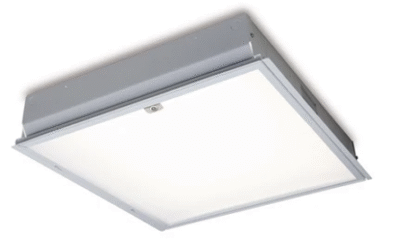
Because the sensors are embedded, wireless control integration with LED fixtures often reduces labor costs and eliminates the need for ceiling plenum work.
We don’t need to add more hardware because the infrastructure is largely in place. The real opportunity now is in the data. It’s about collecting it, filtering it, analyzing it, and most importantly, presenting it in a way that’s understandable and actionable for the user. That’s the shift: from hardware to software, from availability to usability.
Consider how lighting controls used to mean switches, panels and dimmers alone. Today, controls are increasingly defined by software. It’s about algorithms, analytics and system-level thinking.
Take space management. If a room hasn’t been used in three days, why condition it? Or if two people routinely book a room designed for ten, is that the best use of the floor plan? In many buildings there is ample opportunity to improve decision-making using insights powered by lighting data.
HVAC systems want that data too. They want to know if the room is occupied, by how many people, and for how long. And since lighting already detects all of that, it becomes a valuable node in a much broader network. That’s why we’re seeing controls expanding beyond individual systems into a building-wide conversation.

Integrated lighting and controls systems can leverage passive infrared (PIR) sensors paired with computer vision to understand how people move around within an office, helping to optimize square footage, identify underused spaces and rethink layouts.
Standards Make It Work
Of course, none of this is possible without standards. That’s why I’ve spent over 16 years working with the BACnet Committee, the global community supporting protocol for building systems integration. Soon, I’ll be stepping into the role of Chair as the first person from the lighting world to hold that position.
Traditionally, BACnet has been HVAC’s domain, which is understandable because it started there. But now it’s time for lighting to have a stronger voice.
BACnet is unique as an open standard. It is neither proprietary nor vendor-locked, meaning anyone can use it. That’s what allows 1,500-plus manufacturers around the world to build devices that talk to each other. Lighting, HVAC, fire safety and access control can all communicate seamlessly. No custom bridges needed or patchwork interfaces. Just native interoperability.
One of my goals as Chair is to simplify the standard. Right now, it’s a 1,600-page technical manual (a 3-inch-thick book). That can be overwhelming, especially for new engineers or developers entering the field. We want to make BACnet easier to understand, easier to implement and more accessible to subsystems like lighting.
Enabling Sustainability
Keep in mind everything that lighting and controls have already done for sustainability. The energy savings from LED retrofits and occupancy sensors are well documented, going on for many years now. But the next phase, as we’ve established, is about how lighting connects to everything else.
Imagine a south-facing conference room that gets blasted with afternoon sun. It starts to heat up and you could run the air conditioning harder, or you could lower the shades. But how does the HVAC system know what to do?
That’s where interoperability comes in.
Or imagine a space that’s only used on Mondays and Wednesdays. Should HVAC be running on Fridays? Lighting knows the usage patterns. Share that data with the rest of the building systems, and you’ve created a smarter, more sustainable operation.
BACnet doesn’t claim to be a sustainability protocol, but it does enable the kind of integrated thinking that makes sustainability possible, and that’s the real power.
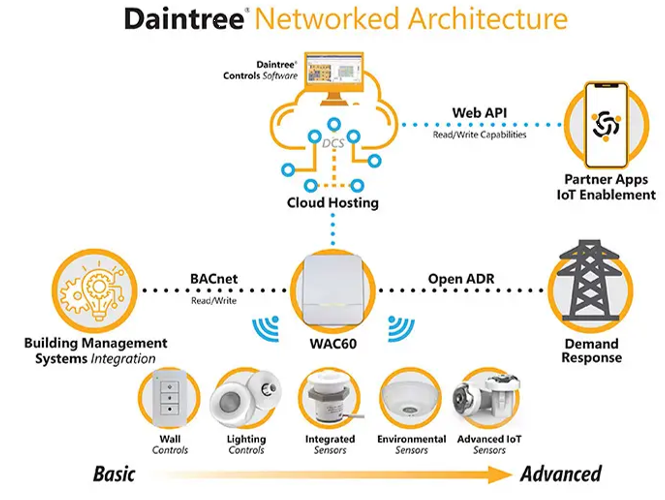
Intelligent environments need a strong IoT backbone to leverage data with third-party applications and increase productivity. Daintree® Networked architecture from Current is one example of a system that scales from basic to advanced as buildings grow smarter.
What’s Next?
Where lighting goes next is hard to say exactly. But we know this: lighting is over every desk, in every hallway and every warehouse aisle. That means it’s in the perfect position to do more.
A light fixture isn’t just a light anymore. It’s a platform. It can house sensors, track movement, gather data and host controls. It’s a hub. And because it already has a power source, there’s no additional infrastructure needed. The potential is huge, and we’re just starting to explore it.
Some trends flickered out like Li-Fi. But others like system integration, space analytics and data-driven sustainability are only getting stronger. Lighting’s role is shifting, not shrinking, from a functional necessity to a strategic enabler.
And that’s what keeps this industry exciting.
 Scott Ziegenfus is Vice President of Technical Customer Experience (CX) at Current, where he helps bridge the gap between lighting technology and user needs through a deep understanding of connected controls and building automation. With over 30 years in the lighting industry—including leadership roles at Lutron, Hubbell and GE—Scott has become a nationally recognized expert in lighting controls, open protocols and system integration. He serves as Chair-elect of the BACnet Committee and is passionate about making building systems work smarter together.
Scott Ziegenfus is Vice President of Technical Customer Experience (CX) at Current, where he helps bridge the gap between lighting technology and user needs through a deep understanding of connected controls and building automation. With over 30 years in the lighting industry—including leadership roles at Lutron, Hubbell and GE—Scott has become a nationally recognized expert in lighting controls, open protocols and system integration. He serves as Chair-elect of the BACnet Committee and is passionate about making building systems work smarter together.


